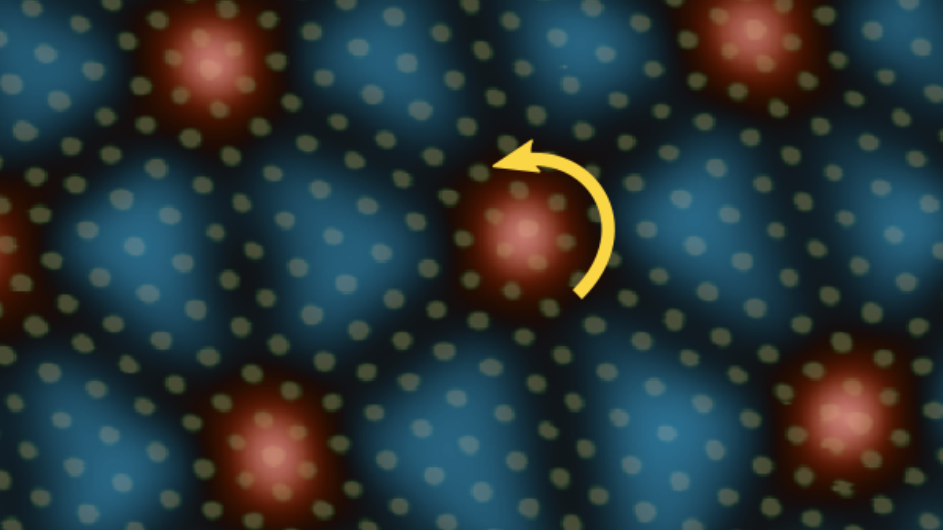The discovery of superconductivity in two ever-so-slightly twisted layers of graphene made waves a few years ago in the quantum materials community. With just two atom-thin sheets of carbon, researchers had discovered a simple device to study the resistance-free flow of electricity, among other phenomena related to the movement of electrons through a material.
But, the angle of twist between the two layers has to be just right—at the so-called “magic” angle of 1.1 degrees—for the phenomena to be observed. That’s because atoms in the layers want to resist the twist and "relax" back to a zero angle, explains Joshua Swann, a PhD student in the Dean Lab at Columbia. As magic angles vanish, so does superconductivity.
Adding a third layer of graphene improves the odds of finding superconductivity, but the reason was unclear. Writing in Science, researchers at Columbia reveal new details about the physical structure of trilayer graphene that help explain why three layers are better than two for studying superconductivity.
Using a microscope capable of imaging down to the level of individual atoms, the team saw that groups of atoms in some areas were scrunching up into what Simon Turkel, a PhD student in the Pasupathy Lab, dubbed “twistons.” These twistons appeared in an orderly fashion, allowing the device as a whole to better maintain the magic angles necessary for superconductivity to occur.
Spot the Difference in Magic Angles: With their scanning tunnel microscopes, the Pasupathy Lab can reach atomic-level resolution. This lets researchers observe the structural underpinning of quantum phenomena observed in devices built from 2D materials. Here, compare and contrast the structure of bilayer graphene (left), a fickle superconductor, and more robust trilayer graphene (right), which the Pasupathy Lab has now imaged for the first time.

